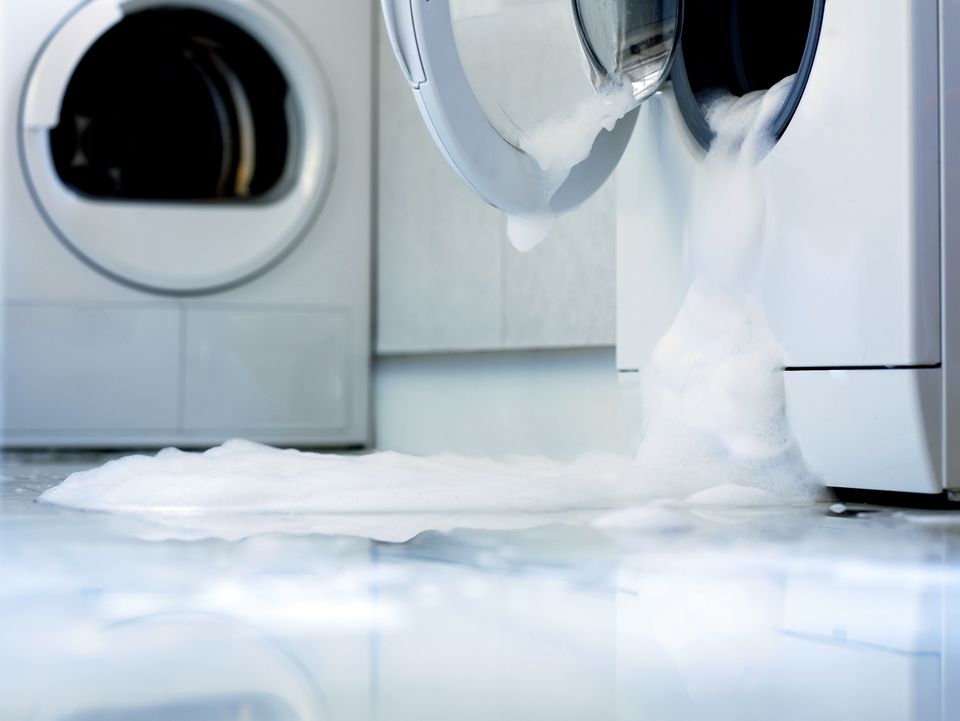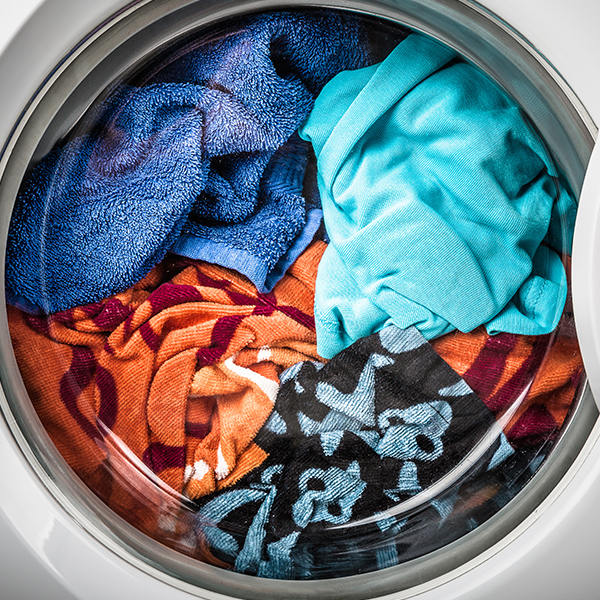Handling Unexpected Flooding From A Washer: Top Tips
Handling Unexpected Flooding From A Washer: Top Tips
Blog Article
We've found this great article about The Best Tips for Cleaning Up After A Washing Machine listed below on the net and figured it made good sense to relate it with you on this site.

Exactly how you hand those valuable mins after your cleaning device leaks as well as floods can affect exactly how quick your building obtains restored. Recognizing what you should do and who to call can conserve you from considerable damages. It will certainly likewise aid assist you in filing for property owners insurance policy protection. Take a look at these top ideas listed below:.
Turn Off the Power.
Turn of the circuit breaker where the cleaning maker is. It is important to see to it the washing machine is off. Water is a conductor, and also doing this action assures no one deals with electrocution. Besides, you need to not use your washer up until a specialist technician has actually examined it.
Get the Standing Water.
As you wait for the plumber or repair work service technician ahead, you must deal with the flooding. If your washer is in the cellar with considerable flooding, you need a completely submersible pump to obtain the water. You can lease or obtain this. However, if it occurs in the middle of the evening, the old bucket method will certainly also work. Usage a number of containers to manually dispose out the water. It would be best if you did this right away, as the longer the water remains, the extra substantial the damages.
Call the Pros.
If you think the problem is with your water line, you need to call a certified plumber. Nevertheless, if you are not sure, call a washing machine technician for a quick analysis. This person can inform you finest what the problem is. It could be a trouble with the maker itself or the pipes attaching to the device.
Record the Damage.
Prior to cleaning up this emergency flooding circumstance, you must record everything. Make note, photos, and also video clips. It would be best if you had every one of this as proof to sustain your insurance claims. Then you can call your property owner's insurance coverage service provider to check what other requirements they require to refine your demand.
Vacuum Any Remaining Water.
Making use of a wet/dry vacuum cleaner, get rid of the remainder of the water, and also draw it from porous products like walls, drywall, flooring, and also carpets.
Turn Off Water Supply.
You have to shut off the water supply of the maker. Whether it overflows for unidentified reasons, breaks down in the reduced pipes, or ruptures the major hose pipe, you will certainly be handling significant amounts of water. If the regional supply line to the washing machine doesn't shut it off, you have to turn off the primary water shutoff outside your residence.
Dry the Area as Long As Feasible.
After obtaining the standing water, obtain mops or old towels to suck out as much water from the floor or rug. Keep the windows open to flow the air. You may also utilize electrical fans to speed up the drying out procedure. Keep in mind, water will trigger mold and mold development which is unsafe to your health and wellness. If you really feel that the scenario is way too much to take care of, you can likewise seek water removal services from a reconstruction company. Your insurance coverage claim could additionally help pay for this service, so simply ask.
Bear in mind, a busted washer with leaking pipelines will certainly result in disastrous damage as a result of the massive quantities of water it can offload. Hence, it would aid to have your maker and water lines inspected every year. You can look for help from a reliable plumber to change your supply line tubes. Doing inspections stops demanding breakdowns and costly break downs.
Washing Machine Flood Inspection Help & Tips
The source of the water from a washing machine loss could be from a water supply line, a waste water line, or a faulty part inside the unit itself such as the pump. Safety should always be the first concern. When water is present there is always the potential for an electrical hazard. If you are unsure, it s best not to enter the area.
If you can safely enter the area, the hot and cold water supply valves should be turned off behind the unit. If you cannot safely reach the valves or if a valve has failed, shut off the main water valve to the property. Once the water supply has been shut off the water supply lines will need to be detached and drained into a container. If the washing machine has water in the drum and it is/was not possible to run the spin or drain cycle, the drum will need to be drained manually with a cup or small bucket.
The waste water drain line will need to be removed from the drain inlet, and the dryer vent ducting will need to be detached. The washing machine and dryer will need to be moved in order to allow inspection of the walls and floor around the unit. Without a using a Dolly this can be difficult.
Once the units have been uninstalled, the walls, baseboard, and flooring materials can be tested for abnormal or high moisture content. Depending on the materials affected and the amount of moisture present it may be possible to correct this situation quickly. If you need help or have any questions please call us.
https://bigdogrest.com/water-damage/washing-machine-overflow-or-flood/

As a fervent person who reads on The Best Tips for Cleaning Up After A Washing Machine , I figured sharing that excerpt was important. Liked our piece? Please share it. Help others discover it. Kudos for your time. Kindly pay a visit to our blog back soon.
Book Now
Report this page